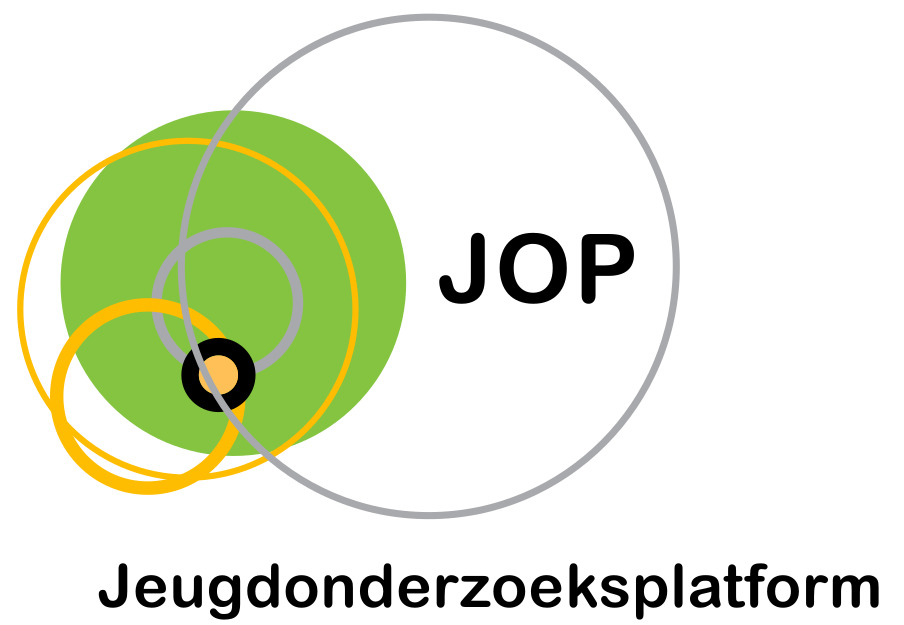Teaching to the track: grouping in reception education for Newly Arrived Migrant students.
Auteurs
Emery, L., B. Spruyt, P. Van Avermaet (2021)

Abstract
Het volgen van onderwijs is in eerder onderzoek overvloedig bestudeerd. De overgangen van nieuw
aangekomen migrantenleerlingen (NAMS) naar deze (tracked) onderwijssettings zijn echter
onderbestudeerd. Om de overgang van NAMS naar het reguliere voortgezet onderwijs te
vergemakkelijken, organiseren veel landen onthaalklassen. Dit is een aparte vorm van onderwijs voor
NAMS tussen 12 en 18 jaar die hen onderdompelt in de onderwijstaal (d.w.z. Nederlands) en hen
voorbereidt op deelname aan het reguliere voortgezet onderwijs. Het bestuderen van de organisatie
van het onthaalonderwijs is essentieel om de inclusiviteit van het onderwijs voor NAMS te evalueren.
We nemen twee scholen in Vlaanderen (België) als casestudy om grondig te bestuderen hoe de
groepering van leerlingen in het onthaalonderwijs invloed heeft op welke trajecten NAMS instromen
in het reguliere onderwijs. Etnografisch veldwerk werd uitgevoerd in de twee scholen (2017-2019) en
kwantitatieve data over vier generaties NAMS (2014-2018) werden verzameld in één van de scholen.
De vijf conceptuele dimensies van tracking, zoals ontwikkeld door Domina et al. (2019. “Beyond
Tracking and Detracking: The Dimensions of Organizational Differentiation in Schools.” Sociology of
Education 92 (3): 293-322), werden gebruikt om de data te analyseren. De resultaten laten zien dat de
groepering van NAMS een duidelijke impact heeft op hun overgang naar het systeem van het gevolgd
onderwijs.
Educational tracking has been studied abundantly in previous research. However, the transitions of
Newly Arrived Migrant Students (NAMS) to these (tracked) educational settings are understudied. To
facilitate the transition of NAMS to regular secondary education, many countries organise reception
classes. This is a separate form of education for NAMS between 12 and 18 years old that immerses
them in the language of instruction (i.e. Dutch) and prepares them for participation into regular
secondary education. Studying the organisation of reception education is essential to evaluate the
inclusiveness of education for NAMS. We take two schools in Flanders (Belgium) as case studies to
study in-depth how the grouping of students in reception education influences which track NAMS
enter in regular education. Ethnographic fieldwork was conducted in the two schools (2017–2019) and
quantitative data on four generations of NAMS (2014–2018) were collected in one of the schools. The
five conceptual dimensions of tracking, as developed by Domina et al. (2019. “Beyond Tracking and
Detracking: The Dimensions of Organizational Differentiation in Schools.” Sociology of Education 92
www.jeugdonderzoeksplatform.be 2
(3): 293–322), were used to analyse the data. The results show that the grouping of NAMS has a distinct
impact on their transition to the tracked education system.
Referentie
Emery, L., B. Spruyt, P. Van Avermaet (2021): Teaching to the track: grouping in
reception education for Newly Arrived Migrant students. International Journal of
Inclusive Education, [Online First]
Taal
Engels
Publicatievorm
Tijdschriftartikel
ISBN – DOI
10.1080/13603116.2021.1942568
Trefwoord(en)
Onderwijsvorm, onthaalonderwijs, categorisch ongelijk, culturele reproductie
